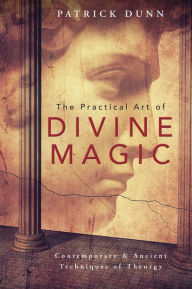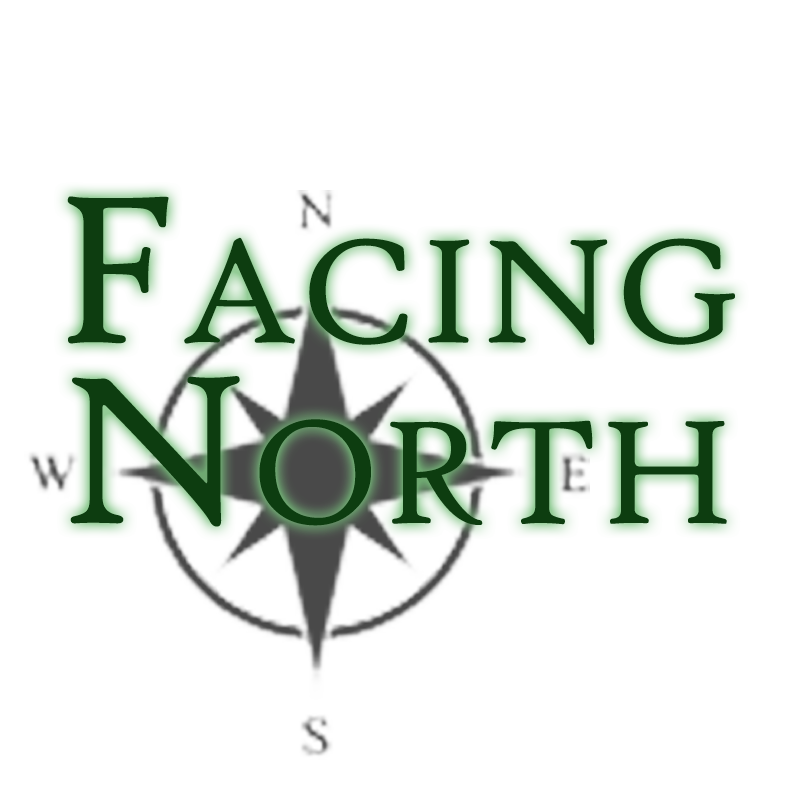“The purpose of human life is to join the gods in the great work of creation.”
Theurgy is ritual for uniting with the Gods. As a magical practice it focuses on high magic, work with the Gods, as opposed to thaumaturgy, low magic, for practical ends. Author Patrick Dunn contends that doing this kind of spiritual work will also improve one's thaumaturgy. The Practical Art of Divine magic draws on Neoplatonic techniques and borrows freely from Hermeticism. Exercises designed to enable practitioners to bond with their deities divide into the categories of contemplative and ceremonial..
While written in a fairly easy going style with some corny humor, the heavy use of Greek phrases like noetic synthemata had me reaching for the dictionary. Some prior knowledge of Greek philosophy is helpful. Hermetic students will find themselves in their element. The author studied the Magical Greek Papyri, the Chaldean Oracles, the Greek philosophers, Renaissance magicians and modern ceremonial magick. Dunn makes no bones about bowing to the needs of the modern theurgist. Strict reconstructionists will dislike this practicality but care is taken to separate ancient tradition and modern suggestions.
Theurgic practices include spiritual cleansing, prayer and offerings which are accessible to anyone. Performing a libation or a symbolic sacrifice requires minimal preparation. Additional exercises in contemplation and memory work are offered as a means to prepare for more advanced work. Exercises are given to create a phantasm or an image, meditate on a strophalos, animate a statue, read omens, attach a familiar daimon, propitiate a kakodaimon, and make a talisman. Divination and oracles were essential to ancient pagan practice so an overview is presented on scrying, clairvoyance, overshadowing, omens, haruspicy, kledon, divination by letter and astrology. Most of the exercises described are good prep work for more advanced practices.
I was fascinated by the unholy and apparently common ancient practice of cursing known as defixiones. Defixiones were illegal in their day and by modern standards unethical and abhorrent. The exploration of ethics of ancient versus modern people was thought provoking. Dunn is conscientious of ethics. I don't necessarily reach all the same conclusions as he does but his analyses are worth pondering.
The ancient origins of holy guardian angels in the Greek's Agathos Daimon and the Roman spirit genius interested me but it did not compel me to want to enact Exercsie 6.2: A Technique to Attach a Familiar Daimon. The ancient ritual from the Greek Magical Papyri involved the drowning of a live falcon. This modern version is modified by symbolically drowning a falcon statue. The reader is urged not to reenact the original instructions.
The next exercise, Propitiating a Kakodaimon, bad spirit, is another exercise where I would advise caution. Long before daimons became our modern demon, they were seen as spirits who ruled over our character flaws. Dunn sees this ritual as an opportunity for self-improvement that has the potential to backfire on one who doesn't master their flaws. Dunn admits that kakodaimones can do harm. Prior exercises were designed to make you a better, more virtuous person. If you did your homework, draw your own conclusions.
When I started reading I couldn't articulate what theurgy is and now I could give a few different elevator speeches on what it is and why it matters to pagans. The inclusion of ancient translated texts allowed me to imagine how the ancients saw the world and practiced polytheism. I gained a better understanding of the ancient roots of modern pagan practice. I would recommend The Practical Art of Divine Magic if you seek a better understanding of theurgy or some new ideas to put your devotion into practice.
~review by Larissa Carlson
Author: Patrick Dunn
Llewellyn Worldwide, 2015
pp.328, $19.99
The Practical Art of Divine Magic: Contemporary & Ancient Techniques of Theurgy

©
2010 - 2025
Facing North
